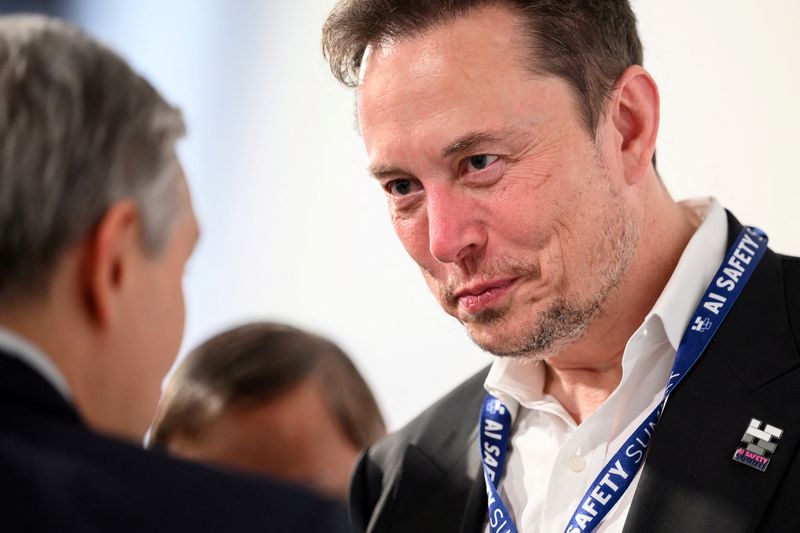(This April 9 article has been corrected to change the ULA director's first name to Tory, not Tony, in paragraph 9)
Written by Steve Gorman
(Reuters) – The U.S. Space Force and a joint venture between Boeing and Lockheed launched a secret reconnaissance payload into orbit aboard a Delta 4 Heavy rocket on Tuesday. It was the final flight for a launch vehicle brand that has completed nearly 400 missions since 1960.
The approximately 23-story-tall rocket took off from Cape Canaveral Spaceport in Florida at around 1 p.m. EST (1700 GMT), 12 days after a previous launch attempt was canceled at the last minute due to a technical glitch.
A live online broadcast from ULA showed the rocket rising from the launch tower amid a sea of flames from exhaust clouds and water vapor under a partly cloudy sky.
The flight was intended to deploy a satellite for the National Reconnaissance Office (NRO), a US defense intelligence agency, as part of a secret mission known as NROL-70. The Space Force field command confirmed hours later that the launch had succeeded in placing the payload into orbit.
This was the sixteenth and final flight of a Delta IV Heavy rocket and the last rocket of the Delta family, a space lineage that originated from a modified intermediate-range ballistic missile and includes about twenty increasingly powerful variants.
Since the launch of the Thor Delta rocket in 1960, at the dawn of the Space Age, the Delta brand has completed 389 launches, with payloads ranging from the world's first weather and GPS satellites to NASA science missions, including eight space probes To Mars.
The world's first passive communications satellite, Echo 1A, and the first active communications satellite, Telstar 1, which enabled transatlantic television broadcasting, were launched by Thor-Deltas in 1960 and 1962, respectively.
Among other scientific space missions, Delta 2 rockets launched two Mars rovers, Spirit and Opportunity, in 2003, and a Delta 4 rocket launched the Parker Solar Probe in 2018.
“The Delta rocket has played a critical role in the development of space travel since the 1960s,” said Tory Bruno, ULA President and CEO.
ULA, a partnership between aerospace giants Boeing and Lockheed Martin, has decided to retire its Delta and Atlas rockets in favor of a newly developed Vulcan rocket, which made its first flight aboard a privately funded lunar module in January.
The payload malfunctioned before reaching the Moon, but the Vulcan launch from Florida was a success. Atlas V had 17 more missions booked before it was withdrawn from service.
The Delta 4 rocket, which weighs 1.6 million pounds (725,748 kg) fully fueled, consists of a triple lower stage that produces 2 million pounds of thrust at launch and a single-engine upper stage that delivers the payload to orbit.
About four minutes after launch on Tuesday, the rocket's lower stage side boosters separated after reaching 15 times the speed of sound and fell away.
About 6-1/2 minutes after launch, the charging flaps protecting NROL-70's payload during ascent were jettisoned as the rocket's upper stage rose above the edge of space. Live video coverage of the flight has been paused at this time at the request of the government, ULA said.
The exact nature and purpose of the NROL-70 mission have remained secret.
In a vaguely worded statement before the launch, the government said the mission “will enhance the National Reconnaissance Office's ability to provide a wide range of timely intelligence to national decision-makers, warfighters and intelligence analysts.”

“Prone to fits of apathy. Zombie ninja. Entrepreneur. Organizer. Evil travel aficionado. Coffee practitioner. Beer lover.”







More Stories
Intel Core Ultra 200V (“Lunar Lake”) with Xe²-LPG (“Battlemage”) in benchmark testing for the first time
A new GPU model with the AD103 chip has been spotted
Windows 11: Full-screen advertising wants to force the Edge browser